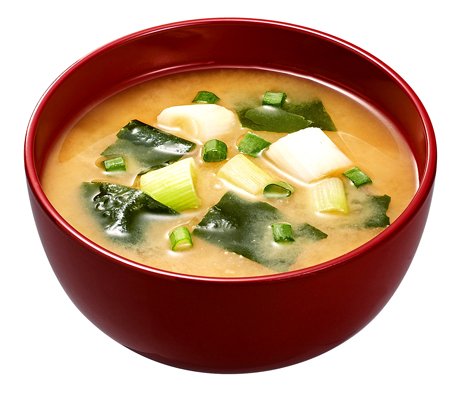Then, I realized their meatloaf wasn't anything close to what I
called "meatloaf" in my home. Even the first time I made meatloaf for
Brian, he instinctively ran to fridge to grab the ketchup and was ready to
douse the dish. Luckily, I was able to stop him! Disclaimers: this meatloaf
recipe 1) is not a brick with a squiggly, red ketchup line or lines on it and 2)
it is delicious.
Our family's recipe for meatloaf is
stuffed with peas, mozzarella and ham. Yes, it is a little difficult to
prepare, and there are multiple steps, but once you get the hang of forming the
loaf, it's a great meal that you'll love.

Ingredients:
Beef Mix
1 1b ground beef (I use 90:10)
3 eggs, beaten
1 cup parmigiano, grated
1/2- 3/4 cups bread crumbs, seasoned
salt and pepper for taste
Stuffing
1 cup of frozen peas
1/3 onion diced
1/2 cup mozzarella cheese
1/8 lb deli ham, sliced thin (can omit)
Step One:
Using your hands, mix beef, eggs, parmigiano, salt and pepper. Gradually, add bread crumbs to mix. You are looking for a meatball mix consistancy; the mixture should be still moist but able to hold its form.
Before After
Step Two:
Meanwhile, saute onion and peas.
Step Three:
Roll some aluminum foil. Flatten meat mixture to about a half inch in thickness.
Step Four:
Layer ham on to mixture.
Step Five:
Layer sauted peas and onions.
Step Six:
Layer shredded mozzarella.
Step Seven (The hard part):
Fold the two ends of the mixture, using the foil to help lift the meat. Press the sides and ends together.
Step Eight:
Gingerly place in baking dish and cook for 30-35 minutes at 350F.
mmm, meatloaf!!!
Step Nine:
Slice and enjoy!!
look how the peas, cheese, and ham just melt into the loaf!



















